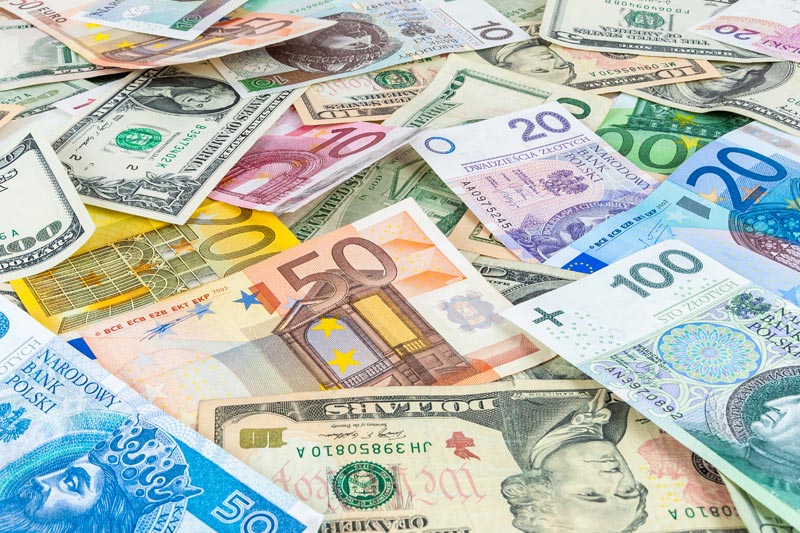Investing.com - The Australian dollar slipped lower against its U.S. counterpart on Monday, weighed by disappointing manufacturing data out of China and as U.S. budget concerns persisted.
AUD/USD hit 0.9281 during late Asian trade, the pair's lowest since September 13; the pair subsequently consolidated at 0.9307, easing 0.09%.
The pair was likely to find support at 0.9224, the low of September 13 and resistance at 0.9402, the high of September 26.
In China, data showed that the HSBC manufacturing index was revised down to 50.2 from an initial reading of 51.2, indicating the recovery in the world’s second largest economy remains fragile. Economists had expected an unchanged reading.
China is Australia's biggest export partner.
Separately, political wrangling in Washington over funding for President Barack Obama’s healthcare law continued over the weekend, fuelling fears over the prospect for a government shutdown.
Congress must pass a short-term budget by midnight on Monday in order to keep the government open.
Republican opposition to the funding of the Affordable Care Act has created a standoff with the White House and the Democratic-controlled Senate, which have both said they will not support any budget bill that defunds or amends Obamacare.
In Australia, data showed that private sector credit rose 0.3% in August, less than the expected 0.4% increase, after an upwardly revised 2.9% gain the previous month.
The Aussie was steady against the New Zealand dollar with AUD/NZD inching up 0.07%, to hit 1.1258.
Also Monday, data showed that the ANZ business confidence rose to a 14-year high 54.1 in September, from a reading of 48.1 the previous month.
AUD/USD hit 0.9281 during late Asian trade, the pair's lowest since September 13; the pair subsequently consolidated at 0.9307, easing 0.09%.
The pair was likely to find support at 0.9224, the low of September 13 and resistance at 0.9402, the high of September 26.
In China, data showed that the HSBC manufacturing index was revised down to 50.2 from an initial reading of 51.2, indicating the recovery in the world’s second largest economy remains fragile. Economists had expected an unchanged reading.
China is Australia's biggest export partner.
Separately, political wrangling in Washington over funding for President Barack Obama’s healthcare law continued over the weekend, fuelling fears over the prospect for a government shutdown.
Congress must pass a short-term budget by midnight on Monday in order to keep the government open.
Republican opposition to the funding of the Affordable Care Act has created a standoff with the White House and the Democratic-controlled Senate, which have both said they will not support any budget bill that defunds or amends Obamacare.
In Australia, data showed that private sector credit rose 0.3% in August, less than the expected 0.4% increase, after an upwardly revised 2.9% gain the previous month.
The Aussie was steady against the New Zealand dollar with AUD/NZD inching up 0.07%, to hit 1.1258.
Also Monday, data showed that the ANZ business confidence rose to a 14-year high 54.1 in September, from a reading of 48.1 the previous month.
